Thousands of tattoo artists around the world spend tens and hundreds of hours to improve their technical and artistic skills for the most realistic and accurate transfer of images onto the skin.
The tattoo artist with whom we want to introduce you today has decided to step beyond the bounds of two-dimensional space and creates his own individual projects using 3-D modeling, which allows him to fit tattoos into the human body as organically as possible. This innovative approach is perfectly coupled with the main stylistics of the artist's work - biomechanics, in which it is especially important to take into account all the anatomical details of the human body in order to obtain a truly high-quality tattoo. Please meet Konstantin Alekseev, also known under the pseudonym Koyotsurok.
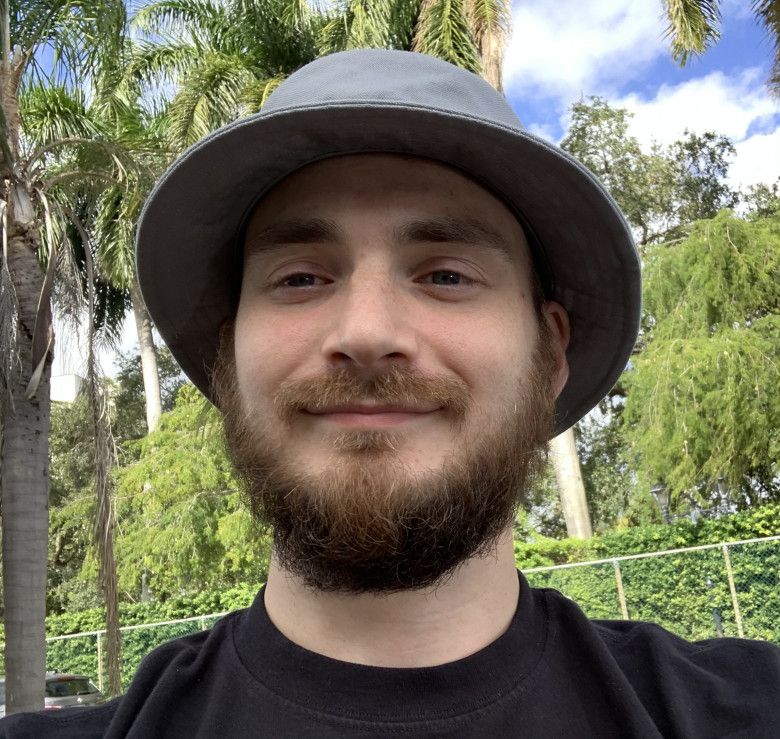
Konstantin began his career as a tattoo artist about 10 years ago, while serving in the army. He drew well and, picking up ink and a tattoo machine with a motor and a guitar string, he felt how fascinating it is to decorate the bodies of colleagues. A little later, as befits, there was a Chinese tattoo set and satisfied friends with tattoos. After some time, Konstantin got real professional equipment, a studio, conventions, and numerous awards. Before the start of the global pandemic, Konstantin traveled a lot and worked around the world, including one of the best tattoo studios in Germany.
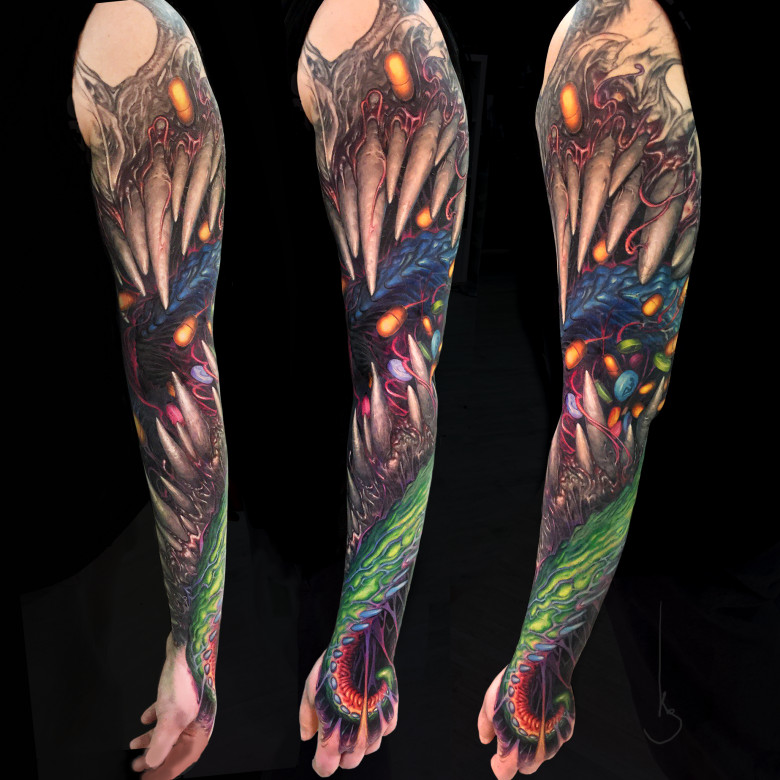
Now Konstantin pays most of his attention to biomechanical tattoo, bioorganics and surrealism. In individual projects, he strives for maximum realism of the work, but at the same time does not use photography as a basis. The main components of his work are plot and emotion, supported by a design, anatomically synchronized with the human body.
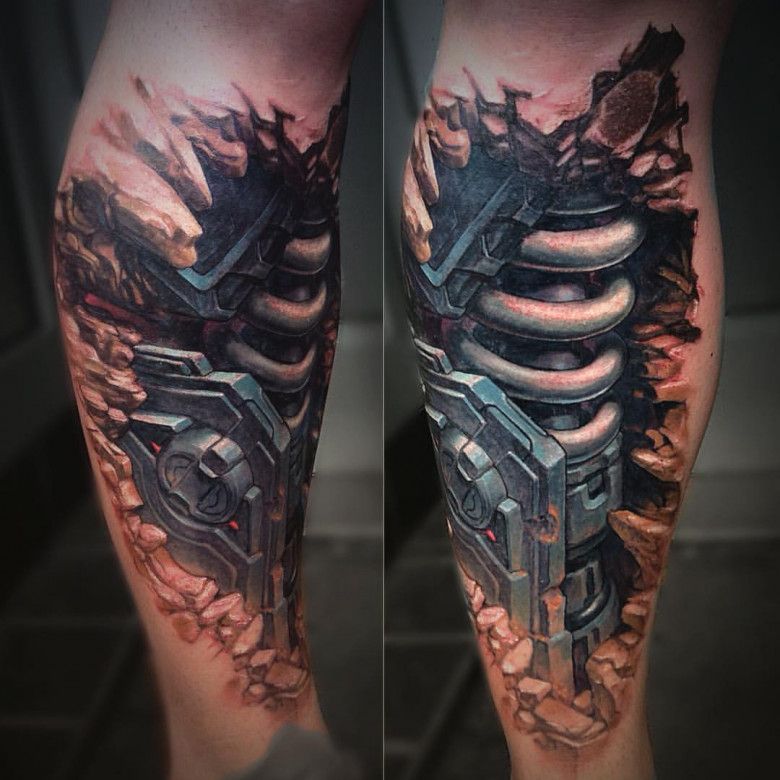
With all the limitations of the body, skin and the specific task of a client, Konstantin appreciates the freedom and responsibility that the work of a tattoo artist gives him.
«A huge variety of visual art styles can be harmoniously integrated into the forms of human anatomy. A random experiment in mixing these styles can lead to the discovery of new concepts, the expansion of the collective visual library, getting great pleasure from the process, and even more pleasure from the result. But all this is only by mutual agreement, if the canvas is in solidarity and starving for something special - in this case, the responsibility to the person inspires to work and the unique result is even stronger!» - Kostya shared with us.
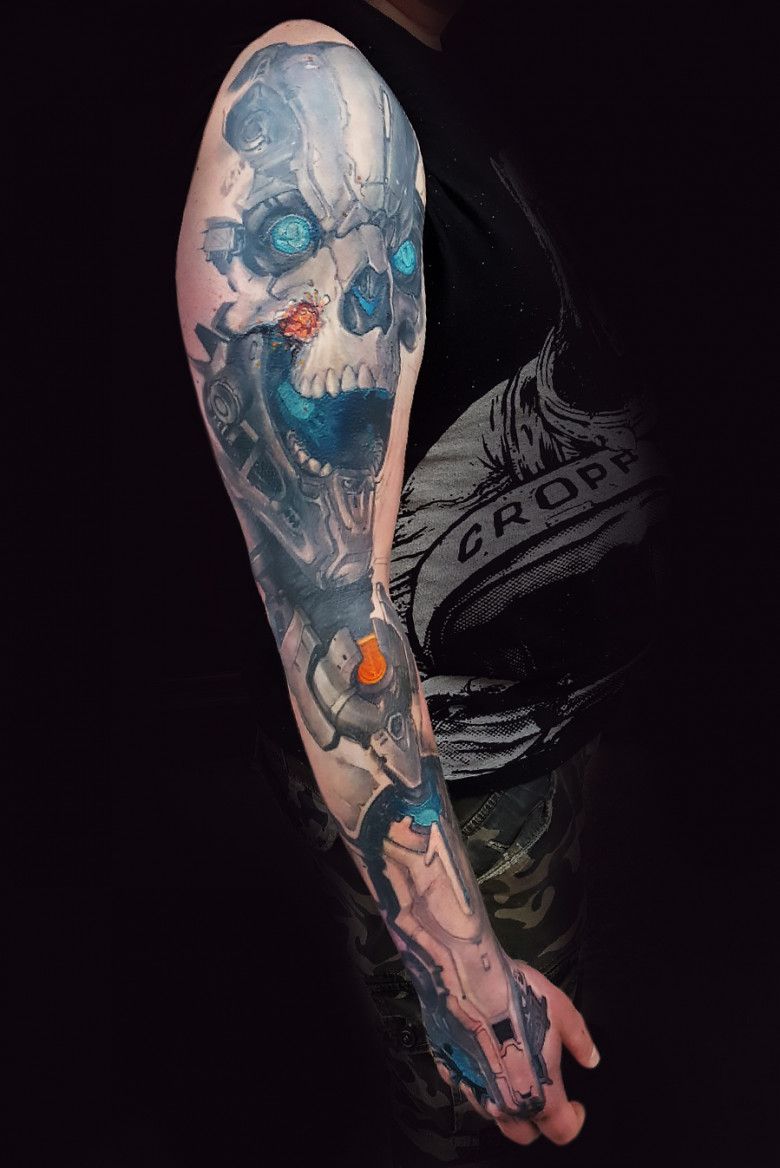
Since the main object of Konstantin's interest is the creation of unique designs, including with the help of 3D modeling programs, he himself tries to participate in the development of skills and technologies that can improve and speed up the process of creating a design for a tattoo.
Recently, Kostya has created teaching material that will help tattooers create sketches in three-dimensional space, taking into account the anatomy of the human body.
«Once, having sketched an approximate composition on a hand with markers, I wanted to transfer it to a tablet and draw it there to perfection. I photographed the client's painted hand from 30 points, and downloaded this material into the photogrammetry program. The program created a three-dimensional model of the client's hand from photographic material with a drawing on it. Wow, the client's hand was in my round-the-clock use - I could go back to drawing the design without inviting the owner of the hand to the session!
Further, it is even more difficult, it is necessary to accurately output the finished sketch to the printer, design the cutting, and transfer it to the body, so that everything works out as in the program, but here, as with any other methods, there are errors.
It would be interesting to create a program or application that would contain this entire process. It is possible. Now there are applications that, through AR, project a tattoo sketch onto the skin through the camera, and also create a model of the surface of your body. I hope to implement it one day and I will be glad to receive any advice and questions on this topic» - the artist said.

If you're curious, a tutorial on how to create 3D sketches and transfer it to a skin can be found on Konstantin's Instagram page. You can also download the hand models and the instruction file on his page in Gumroad - it's free, but you can make a donation if it turns out to be useful for you.
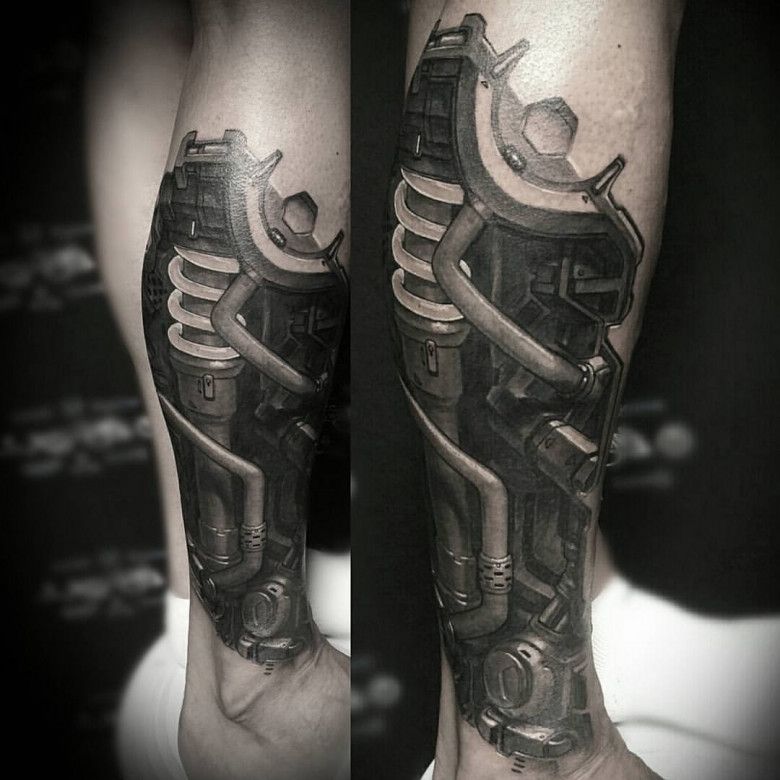
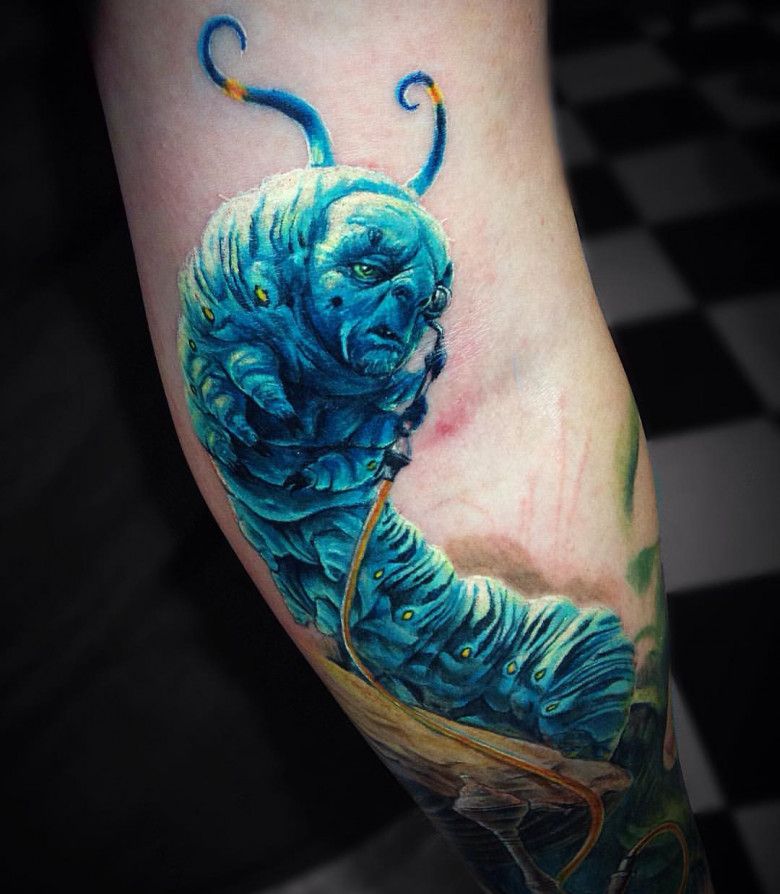
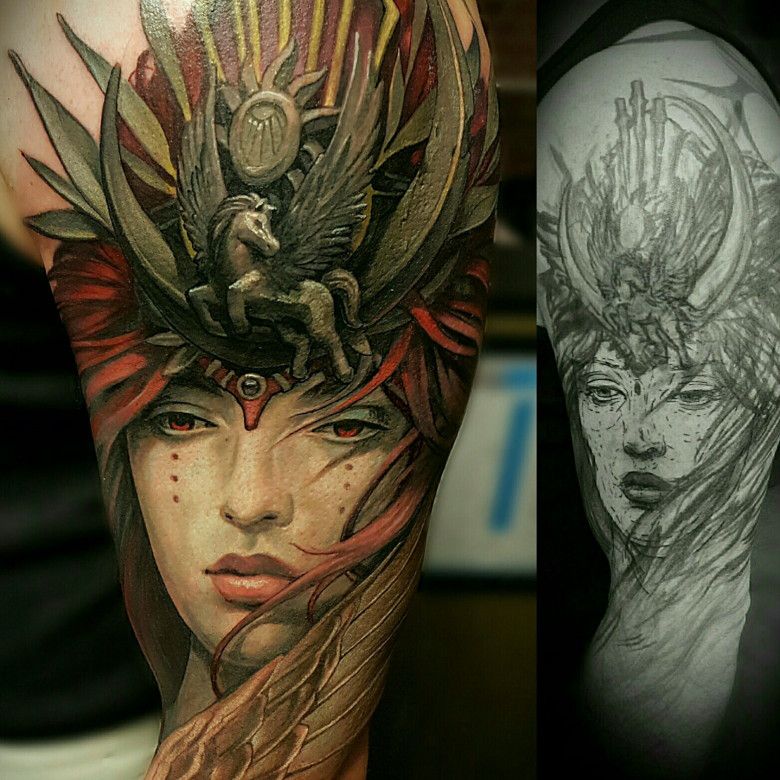

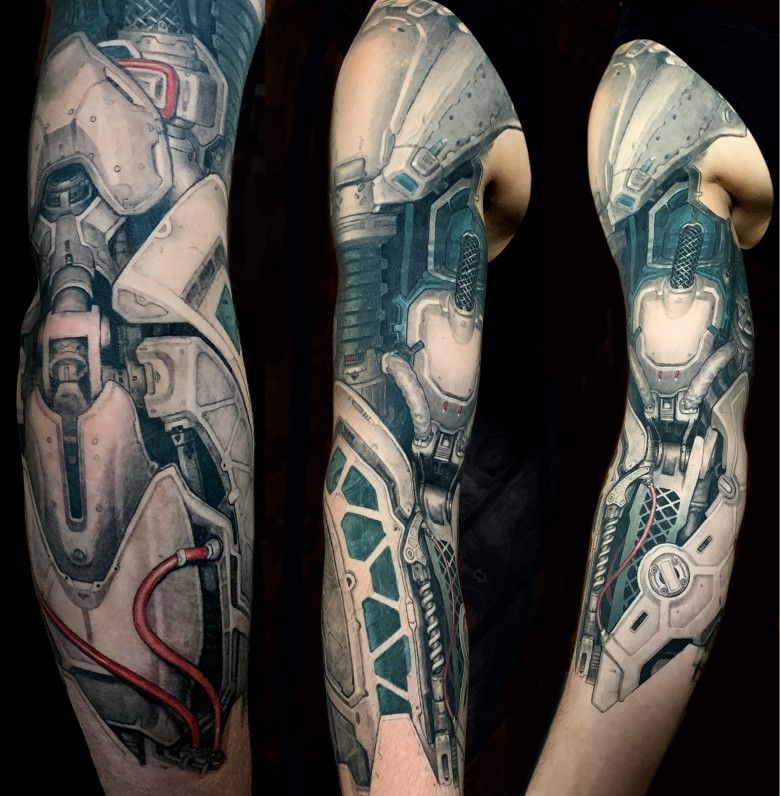

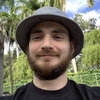
/114.eb936d94.jpg)
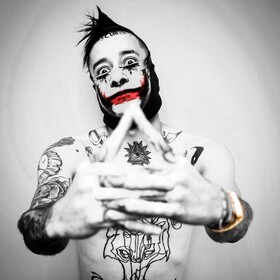

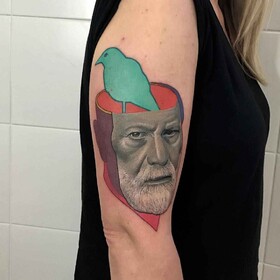
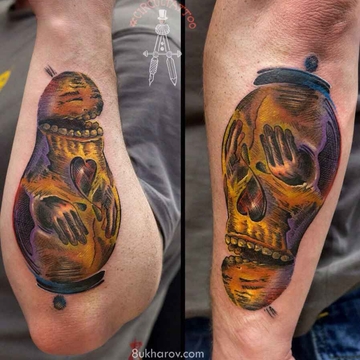
Comments (0)